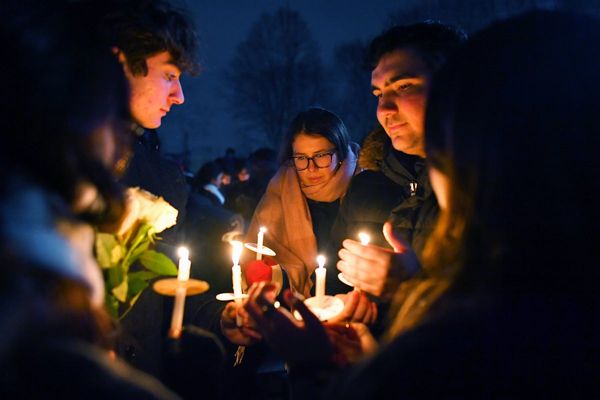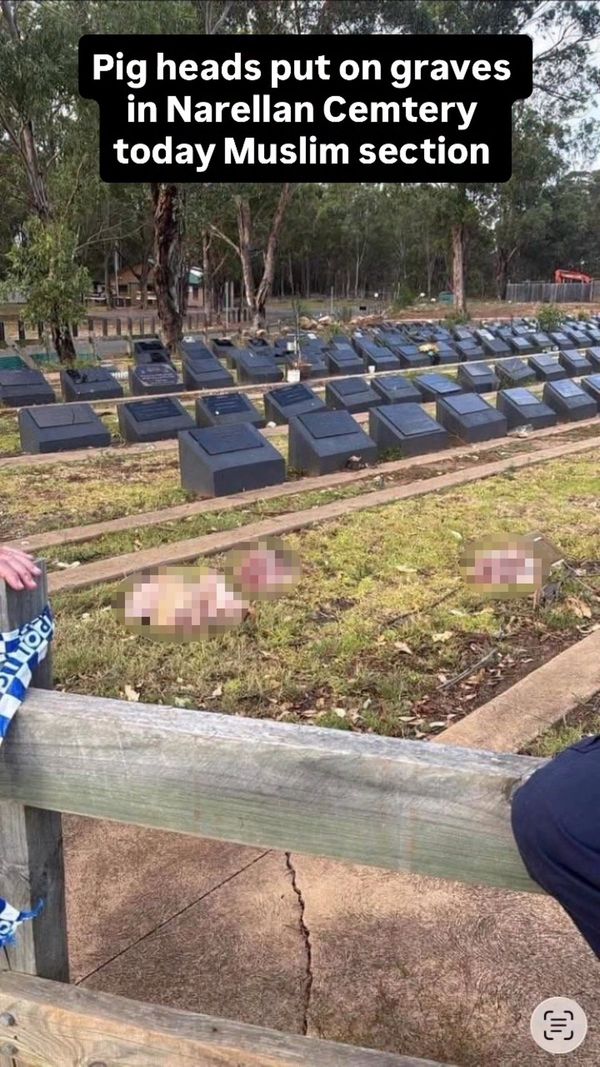
It was a grey Cornish autumn day, but Henry Stevens’s tough shift digging in a field next to the A30 was about to get very exciting.
Her eye was caught by something glinting in the soil and she picked up a flake of flint that had lain for thousands of years within what might just turn out to be a Cornish version of Stonehenge.
“I screamed,” said Stevens, 27, a volunteer on the Castilly Henge archaeological dig. “I was so excited. I held it up to the sky and the light shone through it. Lovely.”
The flake was probably the byproduct of a Neolithic person fashioning some sort of tool. “As I work here now, I think about the people who were here before us,” said Stevens. “Why did they build this? What drew them here?
“I wonder how they must have felt building it. They were proud building it and I’m proud looking at the holes we’ve built trying to find out why.”
Experts and almost 100 volunteers have been on the site near Bodmin over the last month to attempt to work out if Castilly Henge is Cornwall’s lost great stone circle.
The site is an oval earthwork with an external bank and an internal ditch, thought to have been the venue for gatherings and rituals in about 2,500BC – the same sort of time that Stonehenge was built 150 miles away in Wiltshire.
Olaf Bayer, a senior archaeological investigator for Historic England and the project manager, explained how he had asked for a geophysical survey to be undertaken of the site on a hunch.
The surveyors found what he cautiously terms “a series of anomalies” in the ground. “They are six or seven entities that are different to the normal, different to the background,” he said. One theory is that they are pits that once held stones forming a circle.
There are other stone circles in Cornwall but only one other with a henge – Stripple Stones on Bodmin Moor. “It would be wonderful if it turned out to be a stone circle,” Bayer said.
The Castilly Henge site feels significant. It is perched on a watershed and has views across to the summit of Brown Willy, the highest spot in Cornwall.
Bayer said the site may have been one of the few fixed points for the Neolithic farming communities dotted around this part of what is now south-west England.
“It may have been a place where people came together for important events, a piece of land snipped out of the surrounding world. I think of it as a focus for ceremony, for ritual, for activities that we don’t quite understand.”
An intriguing detail is that the flint fragments found at Castilly are not local but were brought from the Blackdown Hills on the Somerset-Devon border. “People have moved raw material from there,” said Stevens.
As well as the flints, the dig has uncovered medieval pottery and 20th-century coins, presumably dropped by archeologists who worked on the site in the 1960s.
The acidic soil means there was never much hope of finding objects such as bones, but more tests will be carried out over the next 18 months to try to establish for certain whether the site was a stone circle.
The scientific effort has been intense, but the project has also sought to involve the community. Hundreds of schoolchildren have visited and volunteers have included people prescribed a spell at the site by medics.
Ann Preston-Jones of the Cornwall Archaeological Society, one of the project partners, said it had been “buzzy”. She said some of the areas close to the site were very deprived. “This is about placemaking, about giving people pride, ownership and belonging,” she said.
Another of the partners, Cornwall Heritage Trust, is raising money to buy the site. It’s engagement manager, Sophie Meyer-Bourne, said children had loved visiting. “They wouldn’t normally have this opportunity. They learn about history but to actually come out on to a site and relate to it in the way that they have is brilliant.”
Nev Meek, 64, president of Kernow Goth, the Federation of Old Cornwall Societies, was also on the dig.
“This site is immensely important for Cornwall,” he said. “It is clear that the people who created this invested a tremendous amount of effort.”
And he said taking part was hugely rewarding. “These sort of volunteer efforts attract a nice group of people, having fun, having a laugh and hopefully finding amazing things too.”







